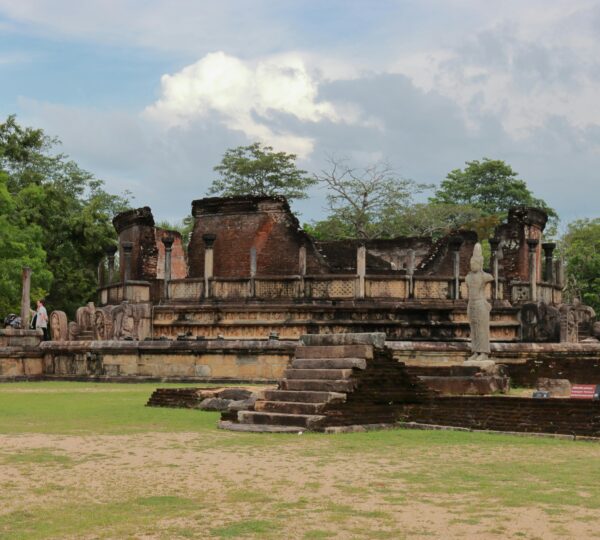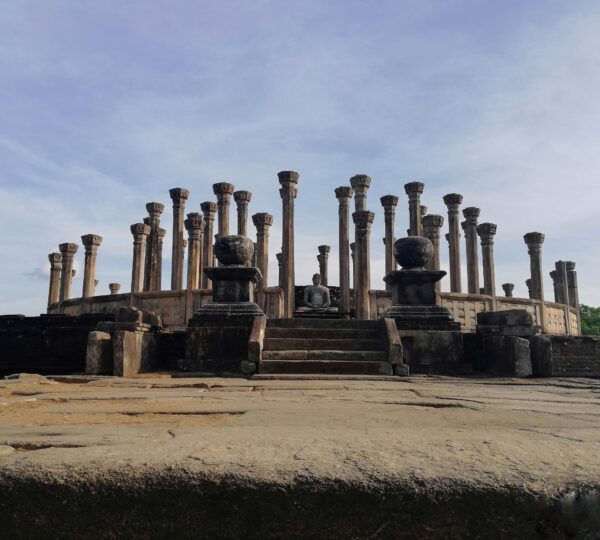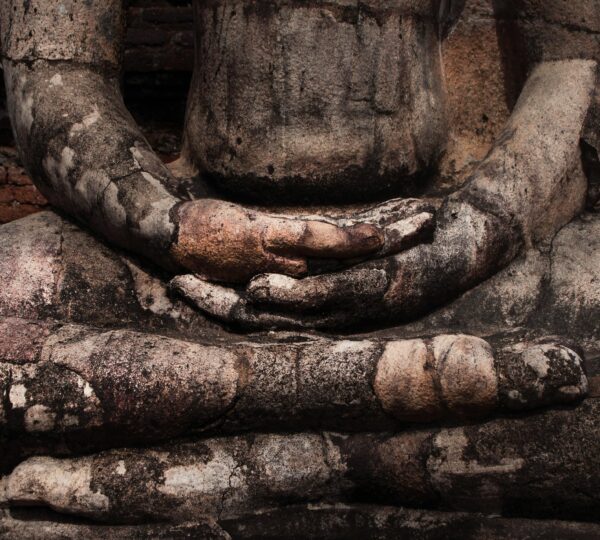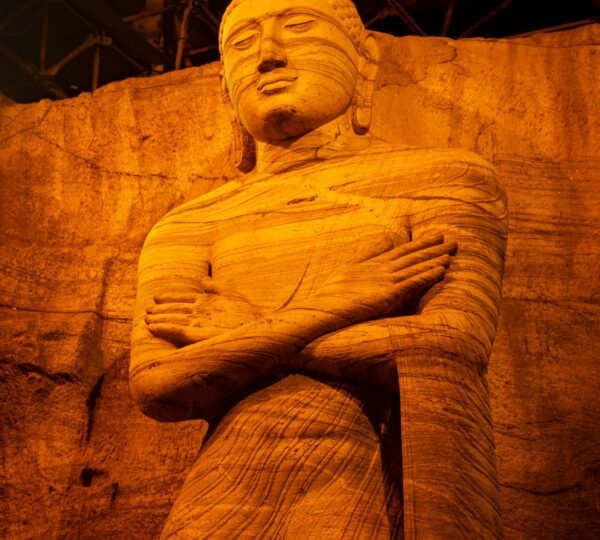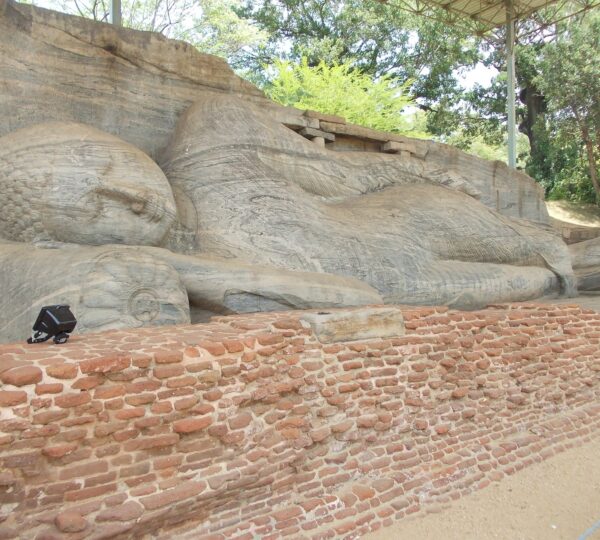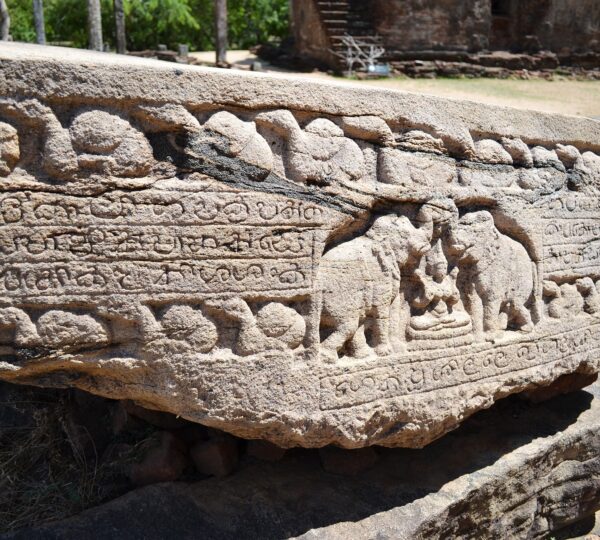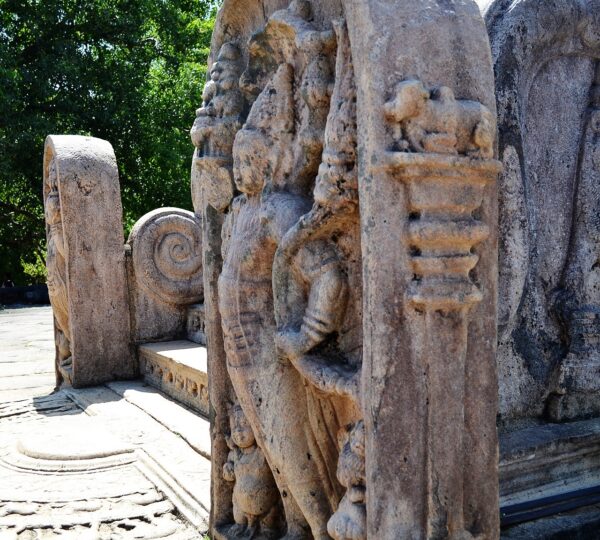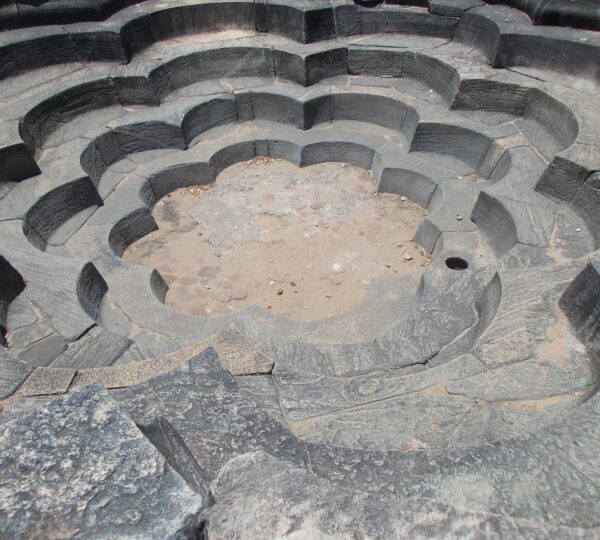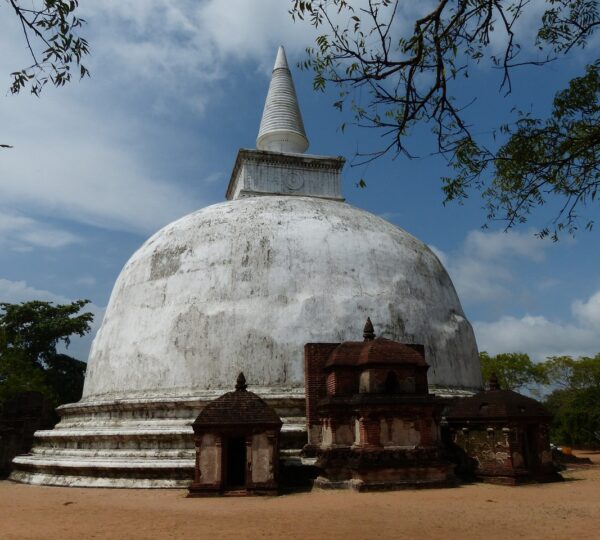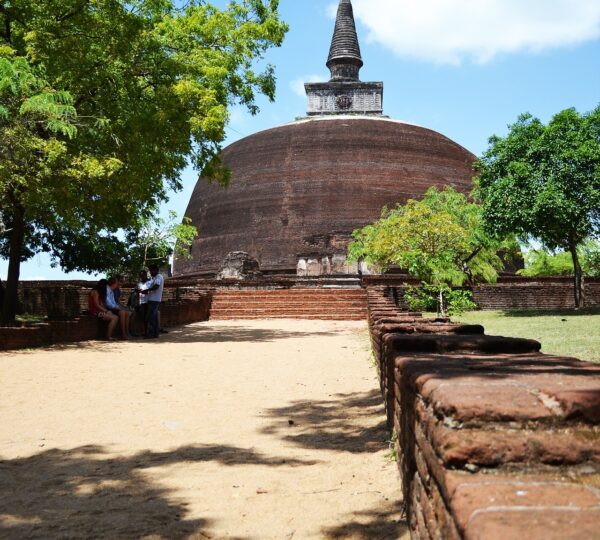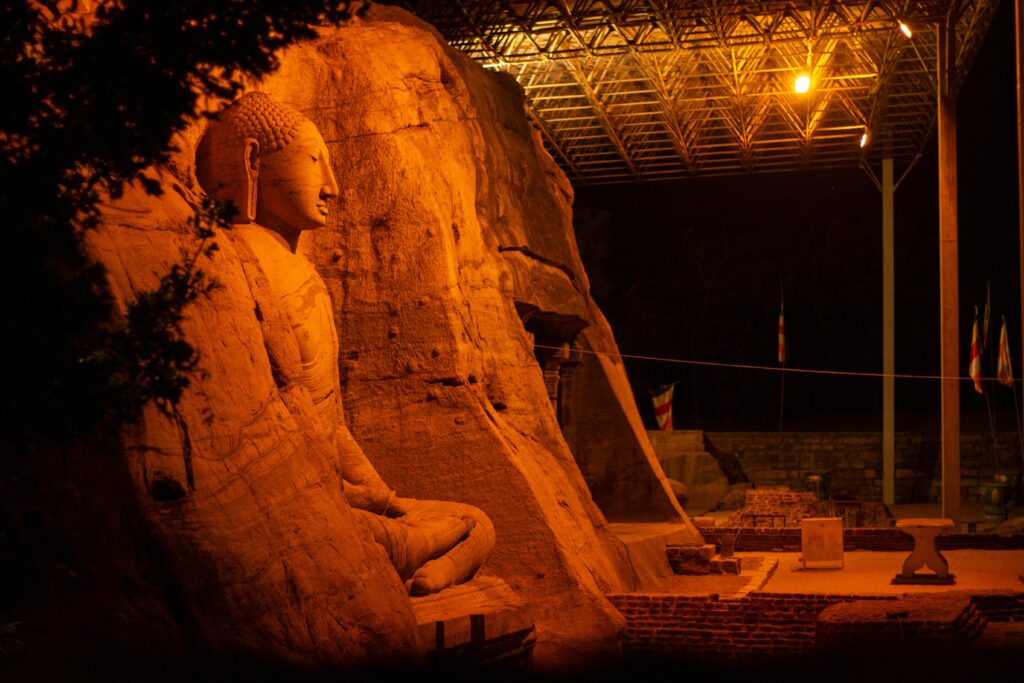Polonnaruwa: The Medieval Marvel of Sri Lanka
From
Duration
Tour Type
Explore Tours
Polonnaruwa, located in Sri Lanka’s North Central Province, is an ancient city that served as the island’s second capital after the fall of Anuradhapura. Renowned for its well-preserved ruins and stunning archaeological sites, it stands as a testament to the ingenuity and sophistication of Sri Lanka’s medieval rulers. As a UNESCO World Heritage Site, Polonnaruwa attracts history enthusiasts and travelers seeking a glimpse into the island’s illustrious past.
Included/Exclude
Tour Plan
- Chola Conquest and Sinhalese Revival:
Polonnaruwa rose to prominence in the 10th century CE under Chola rule and flourished under the Sinhalese kings who reclaimed it in the 11th century, particularly King Vijayabahu I. - Golden Age:
The city experienced its golden era during the reign of King Parakramabahu I (1153–1186), who oversaw extensive development in governance, irrigation, and culture. - Decline:
By the 13th century, Polonnaruwa was abandoned as the capital due to repeated invasions and shifting political centers.
- Sacred Buddhist Sites:
- Gal Vihara: Features four magnificent Buddha statues carved into granite, showcasing exceptional craftsmanship and serene spirituality.
- Rankoth Vehera: A massive stupa reflecting the spiritual and architectural achievements of the era.
- Royal Palace Complex:
- Palace of King Parakramabahu: The ruins suggest a once grand seven-story structure, indicating the grandeur of royal life.
- Council Chamber: Intricately carved stone pillars that highlight the sophistication of governance and artistry.
- Irrigation Wonders:
- Parakrama Samudra (Sea of Parakrama): A vast man-made reservoir demonstrating advanced hydraulic engineering that supported agriculture and urban life.
- Hindu Shrines:
- Shiva Devalayas: Reflect the city’s multicultural heritage with temples dedicated to Hindu deities, a legacy of the Chola influence.
- Exploring Ruins:
The well-preserved ruins of temples, stupas, and palaces provide a fascinating glimpse into medieval Sri Lankan life. - Cycling Through History:
Polonnaruwa’s flat terrain makes it ideal for exploring by bicycle, offering a leisurely way to experience the vast archaeological park. - Wildlife Encounters:
The surrounding areas, including the Wasgamuwa National Park, offer opportunities for wildlife safaris, making Polonnaruwa a blend of history and nature.
- Polonnaruwa reflects the synthesis of Buddhism and Hinduism, symbolizing the coexistence of diverse cultures and religions.
- It remains a significant pilgrimage site for Buddhists, especially for its sacred relics and stupas.
Today, Polonnaruwa is a vibrant blend of its glorious past and rural charm. The ancient city draws scholars, history buffs, and travelers who marvel at its artistic, cultural, and technological achievements.
Related Tours
Review Scores
No reviews yet
5.00
Average Rating

